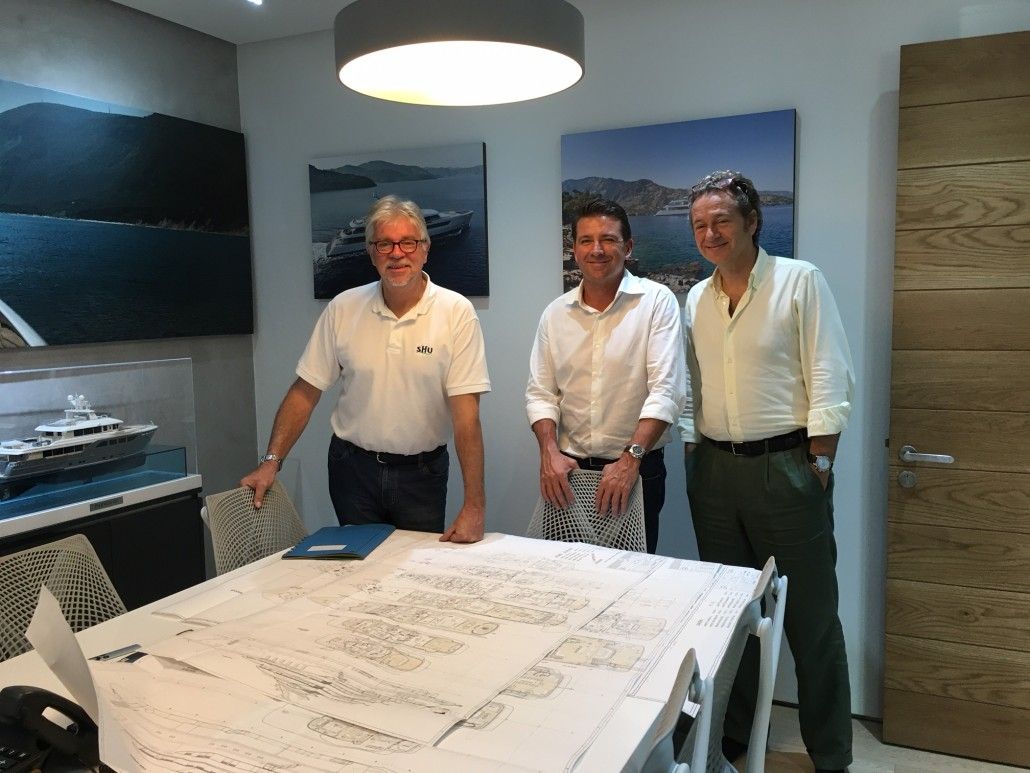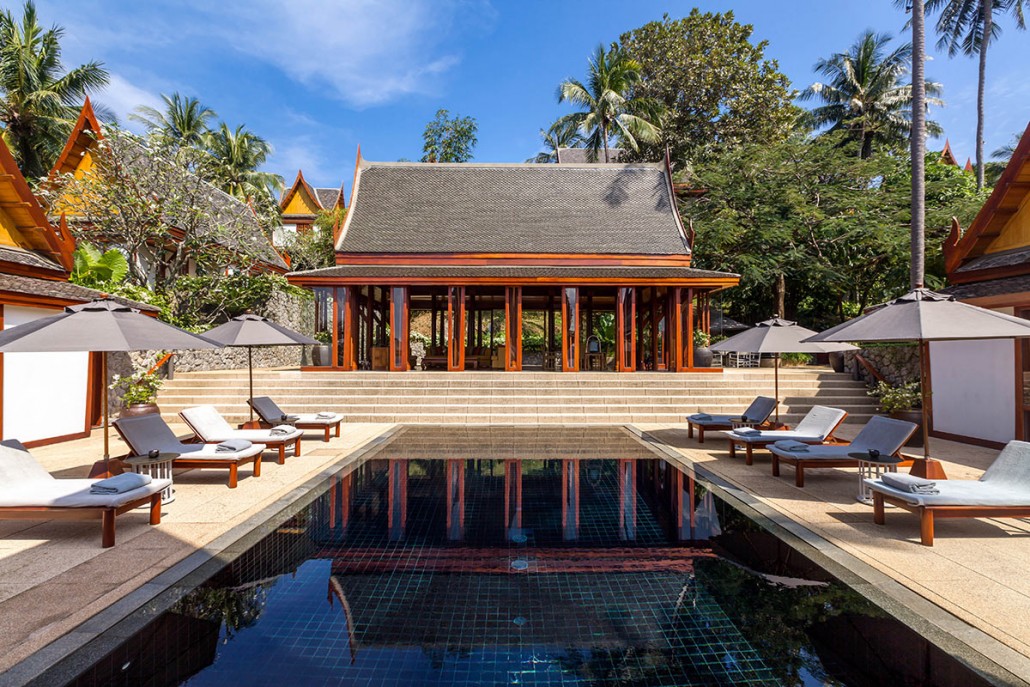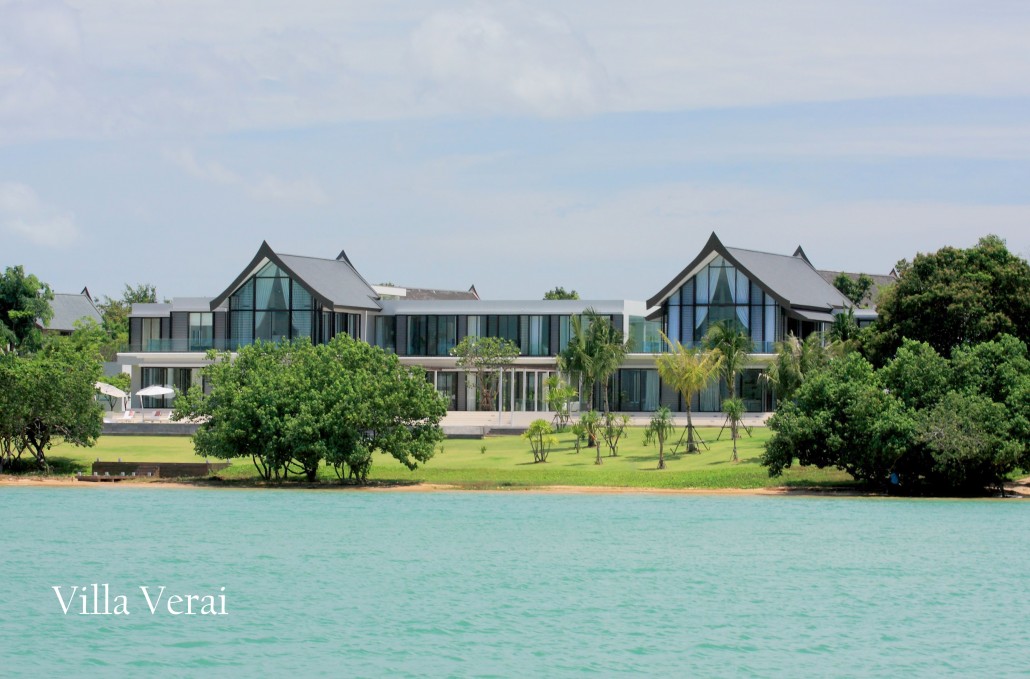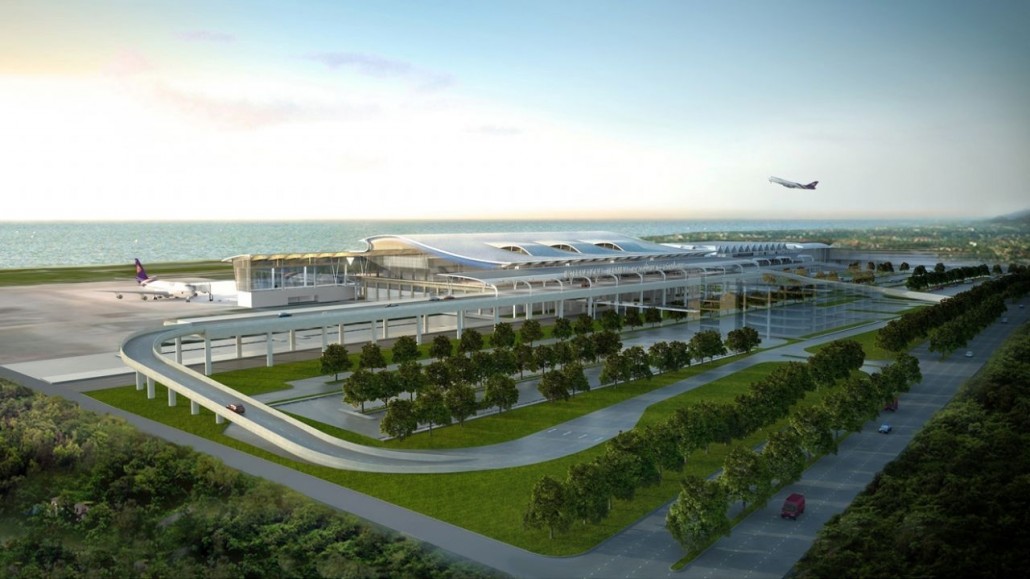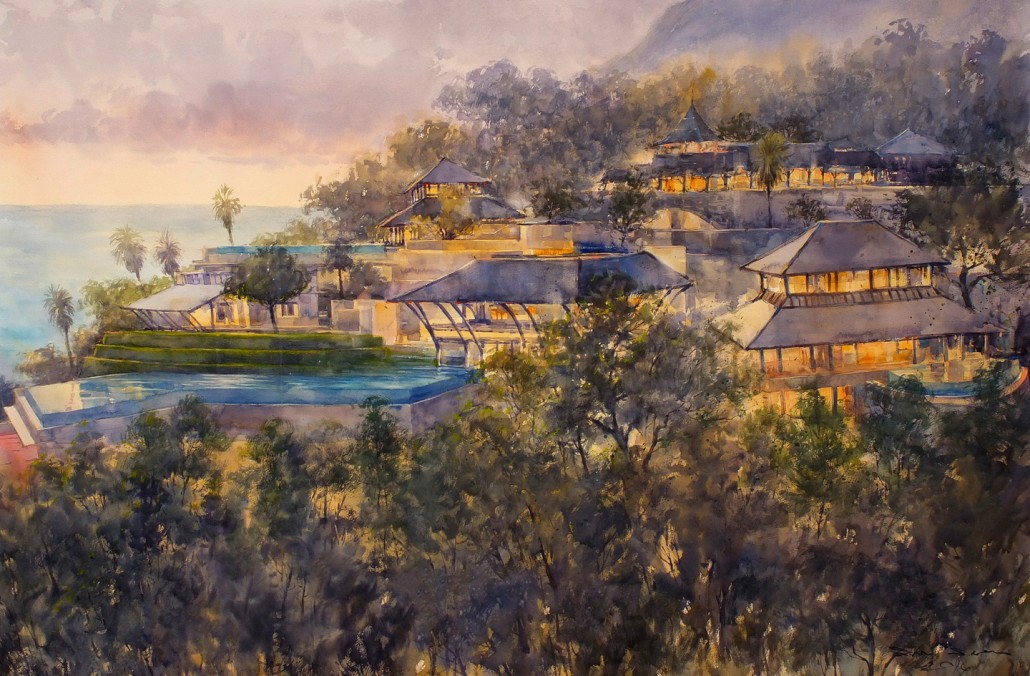How is Thailand’s premier resort destination readying for the future? Bill Barnett of the hospitality consulting group C9 Hotelworks envisions an island that’s busier but, for the most part, better.
Everywhere we look today, live moves at a pace that often defies explanation. In the blink of an eye, the entire landscape that you have become accustomed to, can morph into an entirely different reality. Take Phuket. My first visit here was in 1985, over 32 years ago, and the memory of empty beaches, rice fields with water buffalo and smiling friendly people remains etched in my memory like it was yesterday.
Today, things are very different. Since the mid-1970s, when a nascent guidebook company known as Lonely Planet released Southeast Asia on a Shoestring, Thailand’s idyllic tropical islands were thrust onto the world stage. Phuket has become one of the premier holiday destinations across the globe. It now has an informal rivalry with Indonesia’s legendary Bali for the title of Asia’s leading resort playground. Tourism has become the growth engine of its economy.
So how did Phuket shift from backpacker backwater to billionaire’s playground in such a short time? Much of it has to do with location, location and, yes, location. Be it a weekend or a short holiday, the island’s geography ̶ the easy door-to-door connections to Hong Kong, Singapore and other key regional gateways ̶ has certainly helped the island’s development. But perhaps the most notable accomplishment was Adrian Zecha’s Amanpuri Resort, which first beckoned travellers out of the hotel box and into their own private pool villas back in 1988.
Others followed suit in the years that followed, such as KP Ho, whose vaunted luxury brand Banyan Tree furthered the cause of ultra-pool villas, and Hong Kong’s entrepreneurial poster boy Allan Zeman of Lan Kwai Fong fame. In the decade that followed the new millennium, Zeman brought his business acumen to the island, first with his own personal oceanfront villa mansion, and then by building and selling million-dollar villas at Andara and the even bigger followup, Andara Signature.
Today the island’s luxury villa market is valued in excess of US$1 billion, with the key focal points of development being the cliffhanging palaces found on the millionaire’s mile that stretches between Kamala, Nai Thon, Layan and Bangtao beaches, and also on the east coast’s Cape Yamu and Cape Panwa. In terms of luxury real estate, Phuket is one of Asia’s top resort markets.
In the years following the global financial crisis, Thai tourism faltered but quickly recovered and has soared at breakneck speed in the years since. The numbers of airport arrivals have accelerated and with good reason: five years ago you could fly direct to Phuket from five cities on the mainland, today that number is exceeds the 40 city mark. Air connectivity has undoubtedly been a key instigator in driving demand.
Looking at the key fundamentals of the upscale tourism and property sectors, a thriving yachting scene has also played a key role over the past 15 years. Today many marinas such as Ao Po Grand, Yacht Haven, Boat Lagoon and Royal Phuket host an increasing number of superyachts. The connection between big villas and big boats is a key ingredient for the jet set crowd. Looking for insight into Phuket’s yachting market, I asked Joshua Lee, the Founder and Managing Director of leading luxury brokerage house Lee Marine, a few questions. The first: how will a bigger and more developed Phuket benefit from yachting? “The government’s charter initiative of selling a one-year operating license to yachts over 30 million baht will benefit the local economy tremendously,” he said. “The benefits will include berthing, fuel and general provisions, not to mention hundreds if not thousands of jobs will be created for the Thai community.”
Asked about the next step for Phuket’s yachting sector, he replied: “A tangible step forward would be the introduction of the charter license which we are still waiting to be finalised. There is a balance to be struck between the lower-end speedboats, the numbers of which need to be reduced and more regulated, and allowing mega yachts to come in and charter for upwards of US$1 million per week. Everyone stands to gain from this as tax revenues will jump, better awareness of urgent environmental issues will trickle down from experienced operators and it will place Phuket firmly in the sights of owners and captains of the world’s largest superyachts.”
On the latest trends in boating as it pertains to Phuket, he is equally bullish. “We are seeing more superyachts,” he says. “Destinations such as the Andaman Islands, Maldives, Indonesia, Australia and Papua New Guinea are in some cases thousands of miles away. Owners are slowing down and going further using less fuel. Phuket has the deep-water marinas and all round service so it’s the home port for many of the larger expedition yachts cruising Southeast Asia. That’s not going to change anytime soon.”
December 2017, the Thailand Yacht Show will hold its third event at Ao Po Grand Marina. This is a new world-class event for the island. It will dovetail with the annual Phuket King’s Cup Regatta, now in its 31st year and firmly established as one of Asia’s premier races. While tourism to Phuket is set to move past the six million visitor mark in the near future, infrastructure remains a key issue. Currently a number of mega projects are being wrapped up, and more are in the works. The expansion of Phuket International Airport saw a brand-new terminal open in September 2016; it now has a capacity of more than 12 million arrivals per year. The old terminal is also undergoing an upgrade.
Meanwhile, a growing tourism footprint has made it hard to ignore the fact that Phuket Island is no longer just a beach destination but increasingly an urban one too. While growth is often talked about in negative ways, one only has to look at Hawaii’s Waikiki metropolis, which has enjoyed decades of sustained growth, for a similar model. The reality of Asia’s booming consumer class is that it is numbers driven and that regional holidaymakers are unlike the European legacy market ̶ they travel more often but for shorter periods of time. They also come in groups of family and friends. Many won’t go near a sun lounger.
Cashing in on this move has been the continued development of Thai retail giant Central, namely with its Central Festival Phuket shopping complex. Today towering cranes at this site are moving quickly, creating a new luxury mall component. Not far away, another leading Thai retailer, The Mall Group, broke ground in earlier this year with an upscale lifestyle mega-mall named BluPearl. Taking a bird’s-eye view of all this progress, the Kathu area in the middle of Phuket is fast becoming a new central business district. In much the same way that Bangkok shifted over the years first from the river to Silom and then to Sukhumvit, infrastructure is altering the urban dynamics of the island.
As I drive north to south around the island, be it from Mai Khao to Phuket City or down to Chalong, progress is everywhere. Most visible at the moment are a series of underpasses which are being built to create a faster path for an ever increasing number of vehicles. But this isn’t the only game changer on the horizon. Two key initiatives were recently announced. The first is a light rail that will extend from the gateway of Sarasin Bridge down to Chalong. The second is a 12-lane expressway that will be located in a new area and stretch from the vicinity of Phuket International Airport to the Koh Kaew bypass.
Over the last two decades the pace of private sector progress has clearly outpaced the public sector, but the current spate of mega projects is looking to more closely align the interests of these two symbiotic twins. Tourism is the lifeblood of Phuket and with close to 50,000 registered hotel rooms, and key growth indicators such as international schools, healthcare facilities and the marine sector all coming under pressure, the race to keep it flowing remains a day-to-day challenge.
But going back to where we started and the island’s world-class villa residences, we are seeing a new breed of bigger and splashier properties selling for eye-watering numbers. Bill Heinecke’s, The Residences by Anantara Layan Phuket is offering massive luxury homes for numbers in excess of 300 million baht.
Meanwhile, a nearby luxury mixed-use project in Kamala, MontAzure has captured the imagination of real estate brokers with perhaps the most expensive property ever to grace the shores of Phuket. Asked about its headline mega-mansion, the executive director of MontAzure, Setthapol Boottho, replied: “Our largest villa size for The Estates is 4,000 square metres of builtup area on a land parcel of four and a half rai. There has been widespread interest from high-net-worth individuals who want to be top-of-the-hill in terms of pricing and size.”
Looking at these ultra-luxury villas rising out of the ground, it’s clear that Phuket still appeals to the rich and famous who are out to find their dream tropical home, even after all these years. But it doesn’t end there: this year the single most expensive hotel ever built on the island, the Rosewood Phuket, opened. Aside from the hotel villas, there will, naturally, be a series of new branded residences that are set to raise pricing conventions to yet another level.
From hotels to pool villas, real estate to superyachts, the push towards ever higher levels of island luxury is clearly evident. Not too long ago the airport experienced strong demand from private jet arrivals, with nearly 400 recorded; recently, the interest leading into high season looks equally strong. One of the emerging demographics for top-end property is from mainland China, and Phuket’s strong backbone of support services, coupled with its superyacht facilities and favourable door-to-door travel time from North Asia, is adding up to an inflow of big bucks.
As we come to the end of this trip through history and look forward to what’s next, the question remains: is bigger really better? At the end of the day, tropical islands that offer dream-like leisure and draw a strong following aren’t all that uncommon. In many ways, Phuket is no different from all the others, and yet what sets it apart has been its ability to grow, to transform from sleepy seaside destination to Asian glitter palace, and to adapt, through good times and bad, to the fickle tides of tourism. In another 30 years it will again look very different.

